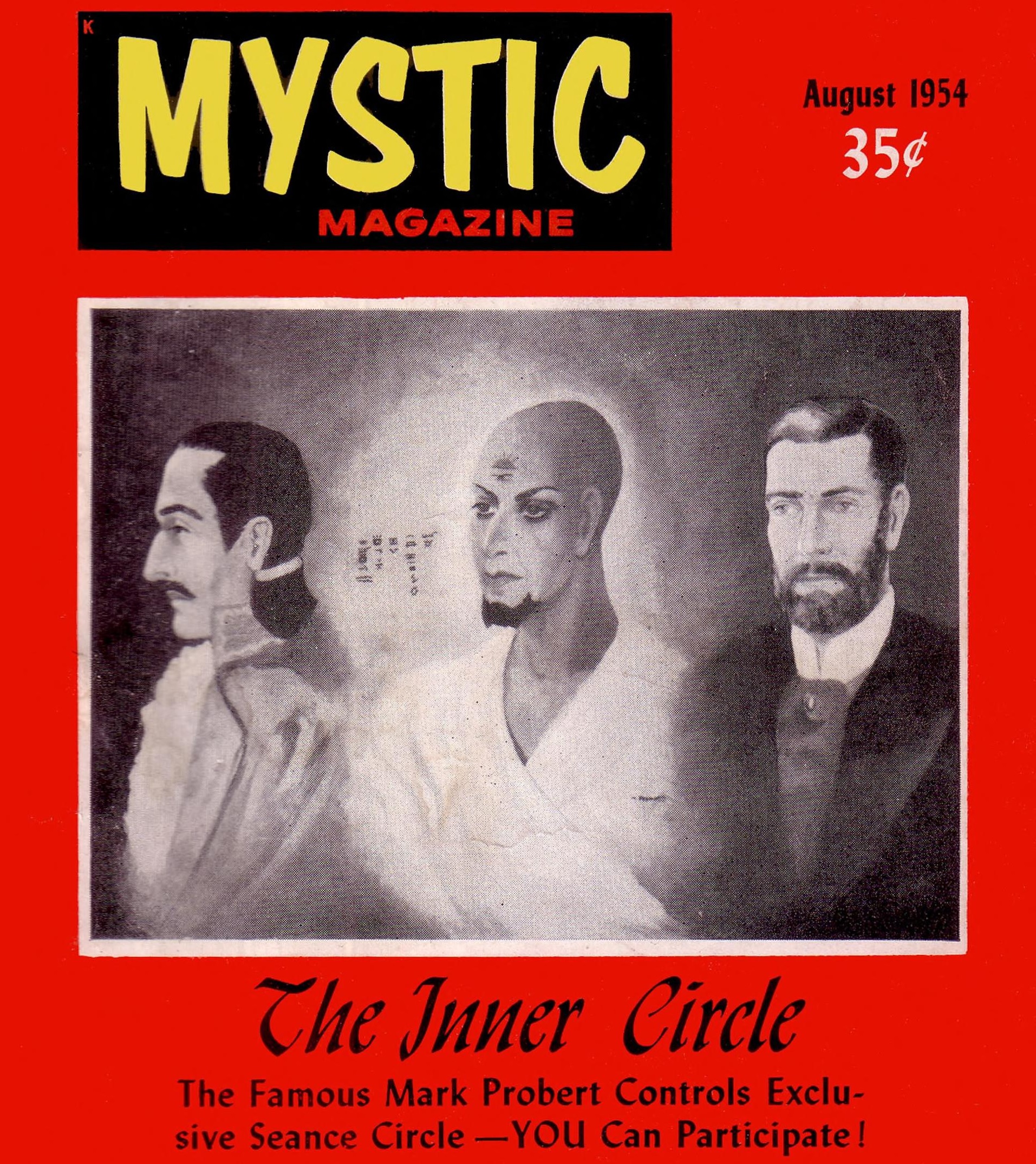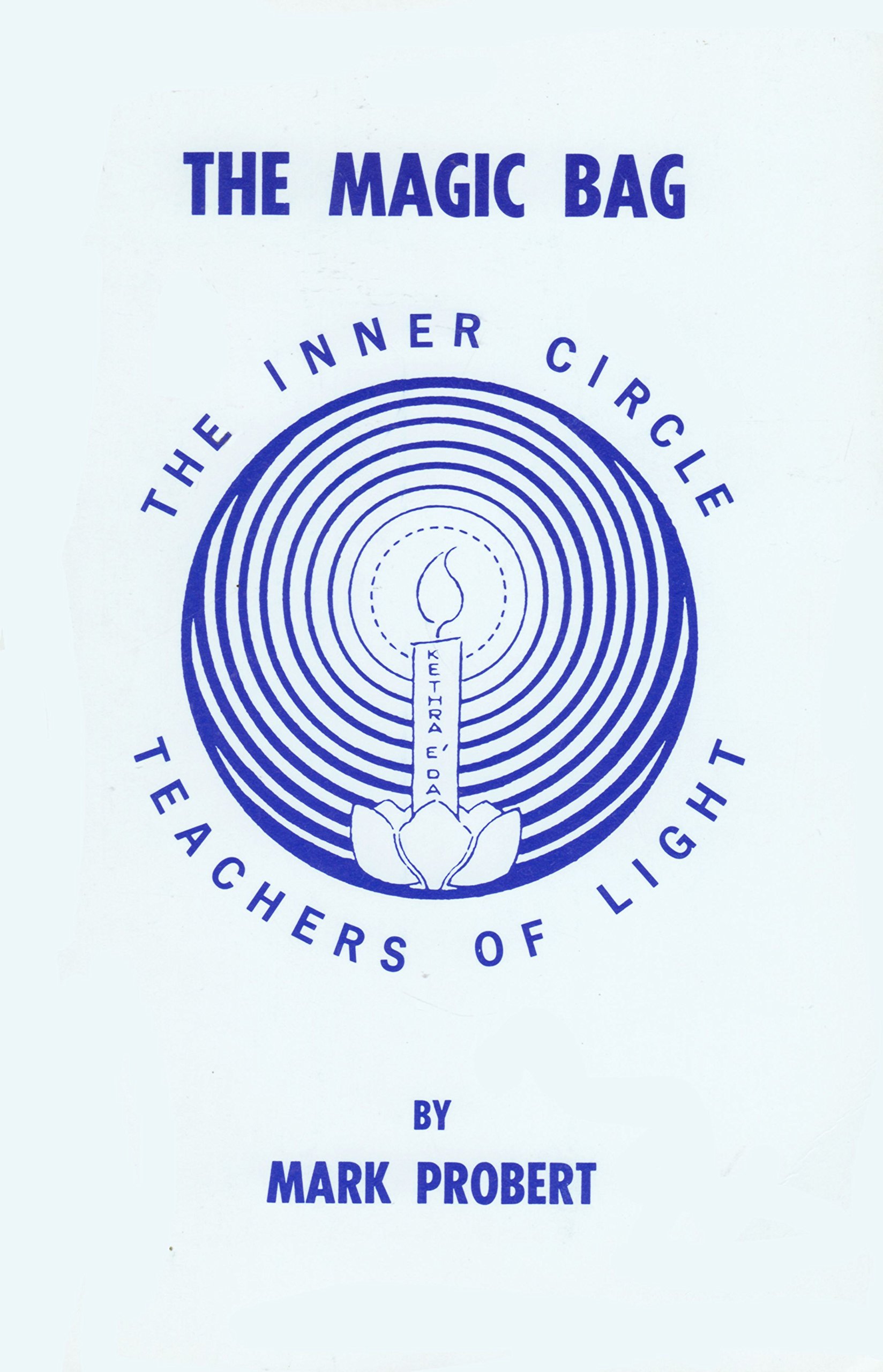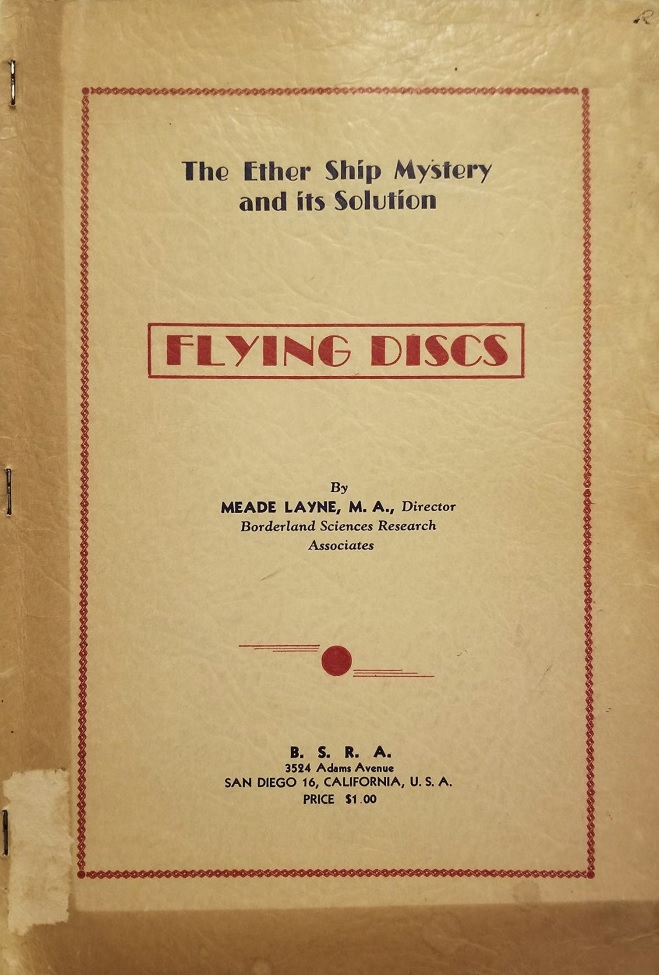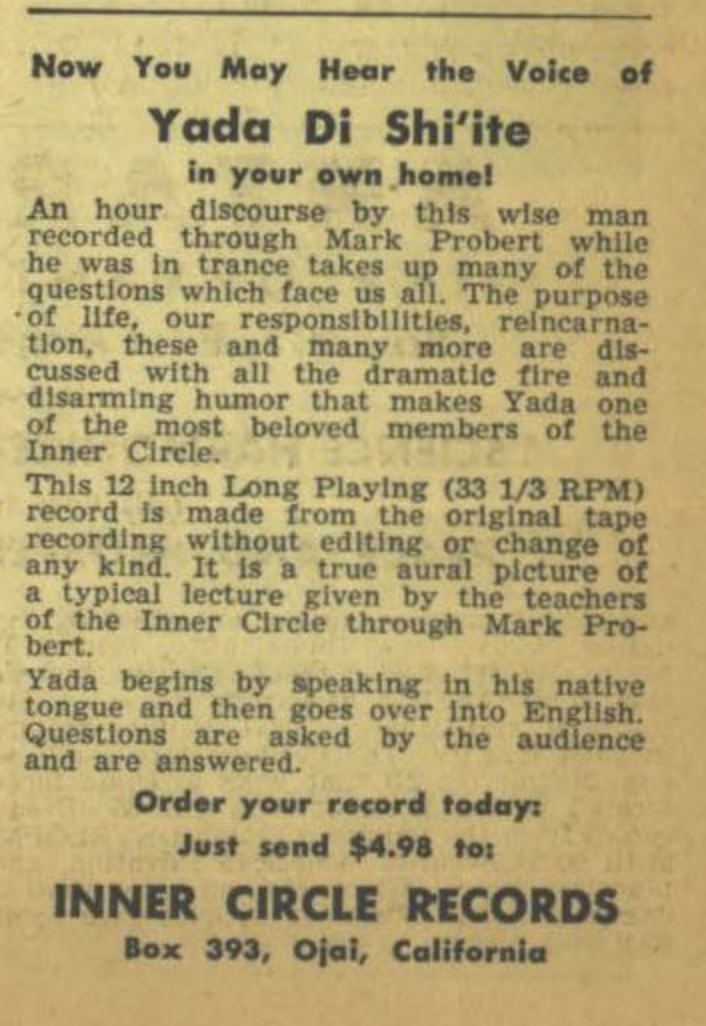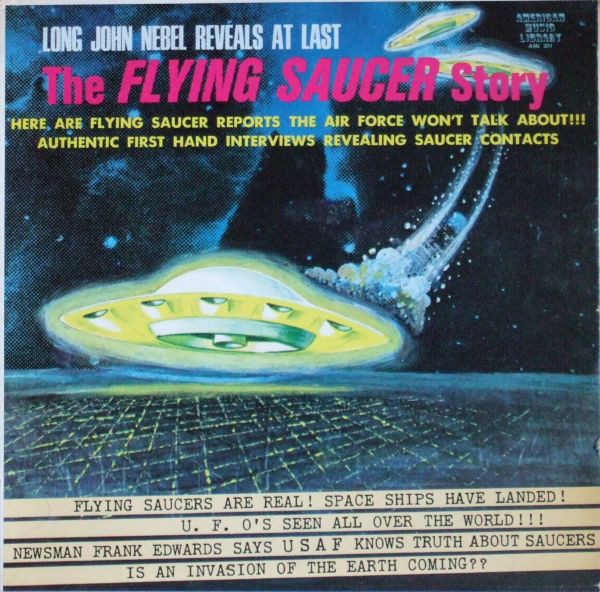
Lyonesse is a lost land, a kingdom out of Celtic and Arthurian legend to the west of France and the British Isles said to have slipped under the waves late in the eleventh century in just a single night. Adherents of Christianity say that the drowning was divine wrath as punishment for the islanders’ unvirtuous living, but in truth, the inhabitants of the Elder Islands were always reluctant to accept the new faith’s spread from the lands to the East. None more so than the islands’ halflings—or fae—in their fairy shee (or grottoes) in the Great Forest of Tantravelles, their very power preventing Christianity from gaining a foothold, whilst the ordinary men and women of the Elder Isles embraced a great many other faiths. This was before the islands’ submergence, when its Ten Kingdoms and petty duchies and baronies feuded with each other, knights sought to embody the code of chivalry, wooing fair noble women, and competing in tournaments major and minor; wizards and witches explored the limits of their knowledge in the Elder Isles and otherworldly realms, whilst being bound by the Great Edict of Murgen—the most powerful of the surviving Elder Islands’ arch-mages—which forbade them from involving themselves in the petty politics of the Elder Isles, but not from meddling in the affairs of each other; and flimflammers and mountebanks slinked from village to village, enjoying the best that each has to offer for the least amount of effort—or the best scheme they can run. It is the events which took place in the Elder Isles during the Fifth Century that are perhaps the best known, when the ambitious King Casmir of Lyonesse sought to defeat and conquer the nine rival kingdoms, in particular, the island kingdom of Troicinet and its king, Aillas. These tales—and others—are chronicled in the fantasy novels,
Lyonesse,
The Green Pearl, and
Madouc—better known as the
Lyonesse Trilogy by author Jack Vance. They and their setting are also the subject of a roleplaying game from
The Design Mechanism.
Lyonesse: Fantasy Roleplaying Based on the Novels by Jack Vance is a hefty tome which enables the Storyteller and her players and their characters to explore the Elder Isles and get involved in the intrigues, plots, rivalries, and conniving between the kingdoms and their lords, between those of rival magic users, court lords and ladies, adventure on quests great and small, get caught up in the taunts and clutches of the faery, or simply go in search of a really good cup of tea and slice of cake—if not pickled brawn and mashed bean sprouts in a robust nigella sauce, followed by fried grayling fish with sautéed pollock drizzled with a white wine nettle sauce. In addition to being able to randomly determine the landlord of the inn or eatery where the Player Characters are dining, as well as what they are eating—feasts are an important feature of life in the Elder Isles, Lyonesse introduces the Elder Isles and gives a synopsis of the three novels, explores the Ten Kingdoms via a lengthy gazetteer, examines their society and religion, presents rules for the magic of the Elder Isles, and more. The book is over five hundred pages long and whilst somewhat unwieldy, is undeniably comprehensive.
The comprehensiveness begins with a history of the Elder Isles followed by a guide to the Ten Kingdoms of the Elder Isles—Blaloc, Caduz, Dahaut, Dascinet, Godelia, Lyonesse, North Ulfland, South Ulfland, Pomperol, and Troicinet, as well as two others, Scola and Skaghane, the latter a separate island whose forces recently invaded North Ulfland and South Ulfland, an event which prefigures the events of the trilogy. It details the location, climate, and geography of each, history and background, government and economy, culture and people, notable places, and lastly, each kingdom’s role in the Lyonesse Saga and situation during each part of the trilogy. Each is accompanied by a map of the kingdom taken from the larger map of the isles. As well as all of this information, this gazetteer offers extra details, such as the Royal Honours of Lyonesse, the strange and isolationist Isle of Tark where women are never seen—this is because all of them are vampires and reside underground where their superior enables them to mine for precious metals, a discussion of political campaigns—Lyonesse being a hotbed of political intrigue—along with a table of villainous plots! Not every kingdom is accorded this extra information, but this, of course, is a reflection of the source material. Throughout though, there is a wealth of details here, from the weird and the wonderful to the mundane and the ordinary, even down to highlighting the inconsistencies in the Lyonesse Trilogy itself. Those aside, there is plenty of information around which the Storyteller can build a story or scenario idea or a player could create his character.
The chapter on the society and religion of the Elder Isles makes clear that the inhabitants of the Ten Kingdoms are a melange, settled wave after wave of different peoples—Danaans, Galatians, Greeks, Lydians, Celts, and more. They were followed by Romans who only settled but did not conquer, Greek and Phoenician traders came, as did British and Irish settlers, the Celts having a strong influence in the Elder Isles. They are a welcoming people, with a strong sense of hospitality, their Roman blood making them cautious with money, their Greek blood granting them silver tongues and quick wits. As well as explaining everything from their social classes, morality, and law and justice to language, coinage, aesthetics, and education and science, the chapter details the numerous cults and religions to be found on the island, to be seen in the isles’ innumerable hidden temples, graven idols, standing stones carved with mysterious glyphs, and unknown tombs whose constructions methods have long been lost, plus songs, dances, place-names, and folk-tales that suggest a land of forgotten gods and dead priesthoods. The faiths include the Court of Dead Gods, Etruscan Rites, the Druid Faith, Zoroastrianism, Christianity, and Mithraism, all of which are described in detail and include a Faith bonus should any character—Player Character or NPC—be an adherent to one religion or another.
By default, all characters in Lyonesse are human—guidelines in the Bestiary provide the means to create Halfling Player Characters. The process of character generation begins by rolling dice to determine base attributes—Strength, Constitution, Size, Dexterity, Intelligence, Power, and Charisma. From these are derived several factors. These include the expected Damage and Experience Modifiers, Healing Rate, Height and Weight, Hit Points, Strike Rank, and so on, but to these are added Action Points, spent to act in combat, and Luck Points, used to give a character an edge, whether to reroll a dice roll, swap the tens and units of a percentile roll, to mitigate damage or unfavourable circumstances, or to gain a vital advantage in combat. Each character also receives the same set of standard skills, the base value for each one determined adding two attributes or doubling a single attribute.
Beyond the base character, a player takes his character through four steps. In the first, he rolls for or selects an Origin and a Culture—Celtic, Hybras, Ska, or Itinerant, which will provide one hundred skill points to assign to various standard skills, professional skills, and a Combat Style. The latter represents skill in fighting a number of weapons and an associated trait, for example, the Dagger, Sling, and Bow weapons and the Skirmishing Trait for the Hunter Combat Style. Next, the player rolls for a Background Event—this providing a story element or motivation for the Player Character, determines his community ties—mostly derived from his social class, and in the third, he selects an actual Profession as well as assigning another one hundred skill points to its related skills. Some professional skills come from a character’s Culture; the others come from his choice of Profession. A character’s choice of culture also sets the careers available to him. For example, Crafter, Fisher, and Hunter are available to all four Cultures; Courtesan and Alchemist to Hybras only; and Wise Man/Woman to Celt, Ska, and Itinerant. Although the base values for both types of skills are determined by a character’s attributes, the granting of the same number of skill points throughout the process serves to balance character generation. Lastly, he assigns a further one-hundred-and-fifty skill points as bonus skill points.
In addition, a character has several Passions—loyalties, beliefs, and feelings towards someone or something, that are again measured as percentiles and which work in a similar fashion to the Personal Traits of the King Arthur Pendragon RPG. They also do something more though in that they can serve as a resisting value or to give a bonus to an action if said action is dramatically appropriate to the Passion. For example, a character who is subject to a seduction attempt could use the love of his wife to resist the attempt, whilst later he might use the same Passion to grant a bonus to a bow shot to strike a villain who has his wife in grasp and is threatening to kill her.
Ublaf the Unbelievable is a street poet and performer who ran away to Twissamy rather than work on the family farm, something that neither of his siblings have forgiven him for. Although he always had a fascination with stories—especially ones involving fairies, his family always saw it as a distraction from work, he learnt much from the travelling troupe of entertainers he joined. Not just performing skills, proving a reasonable poet and orator, but also how to seduce others—of any gender, and so make life easier for himself. He has had a string of lovers and received and pawned various fine gifts, but thoroughly enjoys such encounters that he wants more and more! One day, he might even seduce a fairy king or queen!
Ublaf the Unbelievable
Age 24
Profession: Entertainer
STR 12 CON 11 SIZ 11 DEX 08 INT 11 POW 12 CHA 15
Action Points: 2 Damage Modifier: -1d2 Experience Modifier: +1 Healing Rate: 2
Hit Points
Head 3 Chest 5 Abdomen 4 L. Arm 2 R. Arm 2 L. Leg 3 R. Leg 3
Initiative Bonus: +10
Luck Points: 2
Magic Points: 12
Movement Rate: 6
Standard Skills:
Athletics 30%, Boating 23%, Brawn 33%, Common Tongue 26%, Conceal 30%, Customs 62%, Dance 33%, Deceit 56%, Drive 20%, Eloquence 75%, Endurance 22%, Evade 16%, First Aid 19%, Folklore 32%, Influence 45%, Insight 48%, Perception 23%, Ride 20%, Sing 37%, Stealth 19%, Swim 23%, Unarmed 20%, Willpower 34%
Professional Skills:
Acting 60%, Art (Poetry) 57%, Courtesy 56%, Literacy 45%, Lore (Fairy) 52%, Oratory 57%, Seduction 56%, Streetwise 42%
Combat Skills:
Citizen Militia (Mace, Shield, Trait: Cautious Fighter) 20%
Passions
Loyalty to Town/City (Blaloc) 47%
Love (Himself) 67%
Hate (His brother and sister) 57%
Background
Origin: Blaloc
Culture: Hybras
Social Class: Freeman
Family: Parents dead, outright enmity to both brother and sister, both grandfathers still alive, no aunts or uncles, four cousins.
Reputation: A good family reputation
Connections: One Mover & Shaker contact, one reasonably connected rival
Family is Reasonably Connected; one ally
Weakness: Nymphomania 57%
Background Event: For some time now you’ve suspected that a powerful being has been watching out for you, and have come to believe it is one of the local gods of popular legend. You cannot say why they might be interested in your fate, but you've had several strokes of remarkable fortune that cannot be attributed to luck alone.
Affluence Rating: 52%
Lyonesse: Fantasy Roleplaying Based on the Novels by Jack Vance uses the Mythras system for its mechanics, a tried and tested percentile system in which a player rolls equal to, or less, than a skill or passion to succeed. Any roll of five or less always success, whilst ninety-six or above is a failure. A Critical success is one fifth of a skill, a Fumble, either ninety-nine or one hundred. The rules cover difficulty factors, contested rolls, group rolls, and so on, as you would expect, but also allow for an optional ‘Success, but…’ with consequences rule. It is also possible to augment one skill with another, although if successful, this only adds a tenth of the augmenting skill to the intended skill roll. For example, Ublaf the Unbelievable would add 15% to his Seduction skill when augmenting with his Eloquence. However, this would not increase the chance of his player rolling a Critical result.
Passions work in a similar fashion to skill augments, again adding a fifth of their value to the skill roll. They have other uses though, often being used to either drive or determine the actions of Player Character or NPC, to oppose other Passions, as a measure of a character’s commitment to that Passion, and even resist being manipulated. Depending upon events, Passions can deepen or wane, reflecting the outcome of a Game Master’s plot as much as they can be used to drive a plot and interactions between the Player Characters and with the NPCs within it. All of the NPCs drawn from the Lyonesse Trilogy in the roleplaying game have Passions, useful, of course, for the Game Master when determining their motivations and actions.
Since Lyonesse uses Mythras, combat in the Elder Isles tends towards being short and brutal. It uses an Action Point economy to determine how many things a Player Character or NPC has per round, actions including attacking, bracing against incoming attacks, changing range, casting magic, countering spells, and even dithering(!), and Combat Styles that each cover a number of weapons and Traits. For example, the Noble Combat Style includes Spear, Sword, and Shield, plus the Mounted Combat or Trained Beast Trait. The Trait in particular, covers special training or situations, for example, the Mounted Combat Trait enables the rider to ignore the skill cap placed upon combat rolls by the Ride skill, whilst Trained Beast covers fighting in close formation with an animal, the user able to use his Action Points to defend against attacks against the animal. As well as inflicting damage, the primary aim in combat in Mythras is to inflict Special Effects or disadvantages upon an opponent, such as doing a Bash to knock him off balance, Bypass Armour to inflict more damage, Compel Surrender, Scar Foe, and so on. This requires a differentially better roll than that of an opponent, so a Critical success versus a standard success, a success versus a failure, and similar results. Typically a roll will generate just the one Special Effect, but a Critical success versus a Fumble will generate a maximum of three! This makes for a much more action-packed fight, one with more story, and thus potentially as memorable as it is nasty. The Elder Isles being a land of chivalry means that the combat rules also cover jousting.
Also intrinsic to the Elder Isles and thus Lyonesse: Fantasy Roleplaying Based on the Novels by Jack Vance is magic. Woven into the lives of fairies, halflings, and various wizards, witches, and the like, magic is potentially powerful and deadly. In the Elder Isles it comes in three primary forms—fairy magic, sandestin magic, and enchanted items. Fairies and halflings have their own magic, whilst human magic users are capable of mastering the incantations necessary to command sandestins, the strange creatures who will actually perform the magical effect for the caster, and some of whom have effects of their own beyond merely casting magic. However, many so-called wizards are simply charlatans who were lucky enough to have come upon an enchanted device, either that, or stole or swindled it from its former owner. For fairy magic, it is a matter of learning or finding someone who can teach a Player Character one or more Fairy Cantraps, such as Agriva’s Telescopic Fornication—something that Ublaf the Unbelievable would probably want to learn, Egumasko's Mellow Scarf—sends a scarf to wrap around the head of the intended target and forces him to abay his passions or tempers, or Impspring Tinkle-toe—makes the recipient involuntarily leap high into the air whilst simultaneously twirling their feet!
Sandestin magic requires much more effort, practitioners studying the skills of Sandestin Invocation and Sandestin Coercion. The former actually needs to be studied multiple times, each time for a different Axiom, such as Geomancy or Verdomancy, each Axiom related to a different type of sandestin and thus different spell effects. The exact effects can be altered through the caster’s Sandestin Coercion skill, the higher the skill, the more effects possible. However, this requires more Magic Points and it is possible for a magic user to run out and overextend himself, leading to an unfortunate result, such as the caster suffering from a random poison or souls of every living creature within 10 metres being ripped from their bodies, their becoming haunts, and only able return to life if they first kill the magician! As with fairy magic, a wide list of interesting spells are given for sandestin magic. For example, Expurgation removes written text, illustration, and art from books and scrolls, Gyration lifts a victim into the air spins them at a speed chosen by the caster, which can range from making them ill or actually ripping limbs off, and Obturation, which will close one of the target’s orifices of the caster’s choice. The spell selection is diverse, inventively named, and some of them are useful, but many of them in their own way are quite nasty. However, learning spells is hard work, represented by their high costs in potential experience point rolls which a player will have to save and pay in order to learn a new spell. Lastly, there are rules for creating and using enchanted items which a swindler or mountebank might use to fool others into thinking that he has great magic ability.
Lyonesse: Fantasy Roleplaying Based on the Novels by Jack Vance also includes a bestiary, ranging ordinary creatures and giant versions to supernatural beasts like Bearded Gryphs, various types of Fairies and Halflings—including rules for creating Halfling Player Characters, Sandestins, Screamers, and individual creatures such as Dungle the Giant who is bothered by a jealous Harpy or Arbogast the Ogre, flesh-eating of the Forest of Tantrevalles. They are joined by full write-ups and stats for the heroes and villains of the Lyonesse Trilogy, such as young Prince Aillas, heir to the throne of Troicinet, who is thus the target of the ambitious, driven, amoral King Casmir of Lyonesse. Their inclusion of course, enables the Game Master to involve the Player Characters in the machinations and plots of the various NPCs and so pull them into the setting.
In addition, Lyonesse: Fantasy Roleplaying Based on the Novels by Jack Vance introduces other worlds and suggests what might be found there as well as reasons to visit, tables for generating towns and taverns and what might be found there, and a set of extensive notes for the Game Master on running the roleplaying game. These cover the types of adventures to be had in the Elder Isles, the nature of its magic, its themes—travelogues, food, tricks and tricksters, and getting captured, as well as general advice on various aspects of Lyonesse: Fantasy Roleplaying Based on the Novels by Jack Vance and its setting. If the roleplaying game is lacking, it is that there is no scenario, or indeed no scenario hooks, which might have been useful for a setting that is as rich as this is, but the notes for the Game Master nevertheless useful and will help her create her first adventure, or two.
Physically, Lyonesse: Fantasy Roleplaying Based on the Novels by Jack Vance is very well laid out, well written, and illustrated with some very nice black and white artwork. The rules are thoroughly illustrated throughout with the tale of primarily one character, though they expend a little with magic, which adds a sense of continuity from start to finish. However, it does need an edit in places and whilst the maps are in colour, some full colour illustrations would have perked up the book a little.
Lyonesse: Fantasy Roleplaying Based on the Novels by Jack Vance is fantastic and thorough, almost compendium-like adaptation of a classic fantastical setting, one that is likely to feel almost familiar to many gamers, because even if they have not read the novels, they will have encountered its influence on Dungeons & Dragons. This provides an opportunity for roleplayers old and new, unaware of them or not, to visit the Elder Isles, the setting of that influence, and explore it in all of its glory and grit, its whimsy and wonder, its manners and machinations, its delights and its dangers, in this well designed, well researched roleplaying game.
 At the Mountains of Madness is horror author H.P. Lovecraft’s longest and one of his most famous stories. It takes the form of a series of letters, written by Doctor William Dyer, a geologist from Miskatonic University, who in late 1930 led an expedition to the Antarctic which would end in disaster, madness, and death following the discovery of the remains of prehistoric lifeforms unknown to science, buried in the permafrost and the remains of a cyclopean city behind a mountain range the height of the Himalayas—previously never seen before, the city long abandoned for terrible reasons which are ultimately revealed at the denouement of the story. Specifically, Doctor Dyer’s letters have been written in an effort to prevent a second, and much more important and widely publicised expedition which is being mounted to the Antarctic from following in the same path. The story has a strong sense of atmosphere and environment—the ice and snow, and extreme low temperatures play a major role in the narrative, serving as a starkly frigid backdrop against which its events take place and its equally stark revelations as to the horrid and horrifying events in the past and their dark influences upon the origins of mankind.
At the Mountains of Madness is horror author H.P. Lovecraft’s longest and one of his most famous stories. It takes the form of a series of letters, written by Doctor William Dyer, a geologist from Miskatonic University, who in late 1930 led an expedition to the Antarctic which would end in disaster, madness, and death following the discovery of the remains of prehistoric lifeforms unknown to science, buried in the permafrost and the remains of a cyclopean city behind a mountain range the height of the Himalayas—previously never seen before, the city long abandoned for terrible reasons which are ultimately revealed at the denouement of the story. Specifically, Doctor Dyer’s letters have been written in an effort to prevent a second, and much more important and widely publicised expedition which is being mounted to the Antarctic from following in the same path. The story has a strong sense of atmosphere and environment—the ice and snow, and extreme low temperatures play a major role in the narrative, serving as a starkly frigid backdrop against which its events take place and its equally stark revelations as to the horrid and horrifying events in the past and their dark influences upon the origins of mankind.